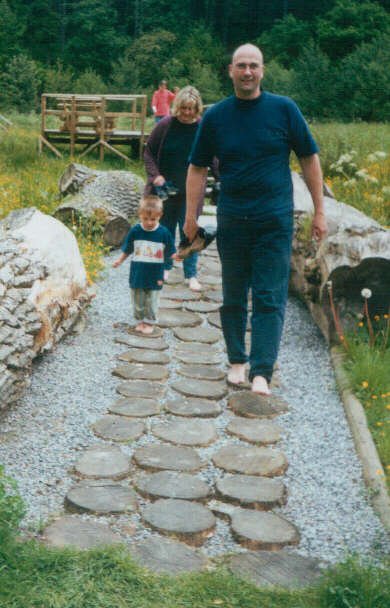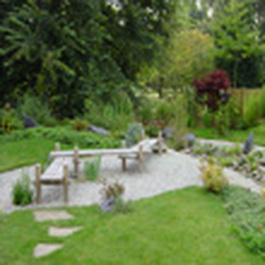Those with strong environmental ethics are often those with quiet voices. I don'tthink that changing the terminology will change the volume. Quiet 'doers' have always got on with the job of making a difference. Occasionally someone notices and speaks out on their behalf, but generally green cities come about through the coordindated and collaborative actions of unsung heroes.
I like and use the term 'sustainable' as I feel the Brundtland Commission defined sustainable development well as: "development that meets the need of the present generation without compromising the ability of future generations to meet their needs.” Successful, sustainable development is about change management. How we advise cities and regions to make changes, so residents, communities, businesses, developers and government can do what they want to do in a way that does not reduce the ability of future generations to progress, is crucial to success.
Sustainability is at the core of a healthy community. Environmental sustainability cannot be separated from economic sustainability. To be truly sustainable community design must embrace both elements. Green architecture is a process that is incorporated into every stage of the urban design and development project, from start to finish. To achieve genuine green architecture, eco-friendly principles need to be upheld by everyone involved in the process, from consultation to design to construction.



 RSS Feed
RSS Feed